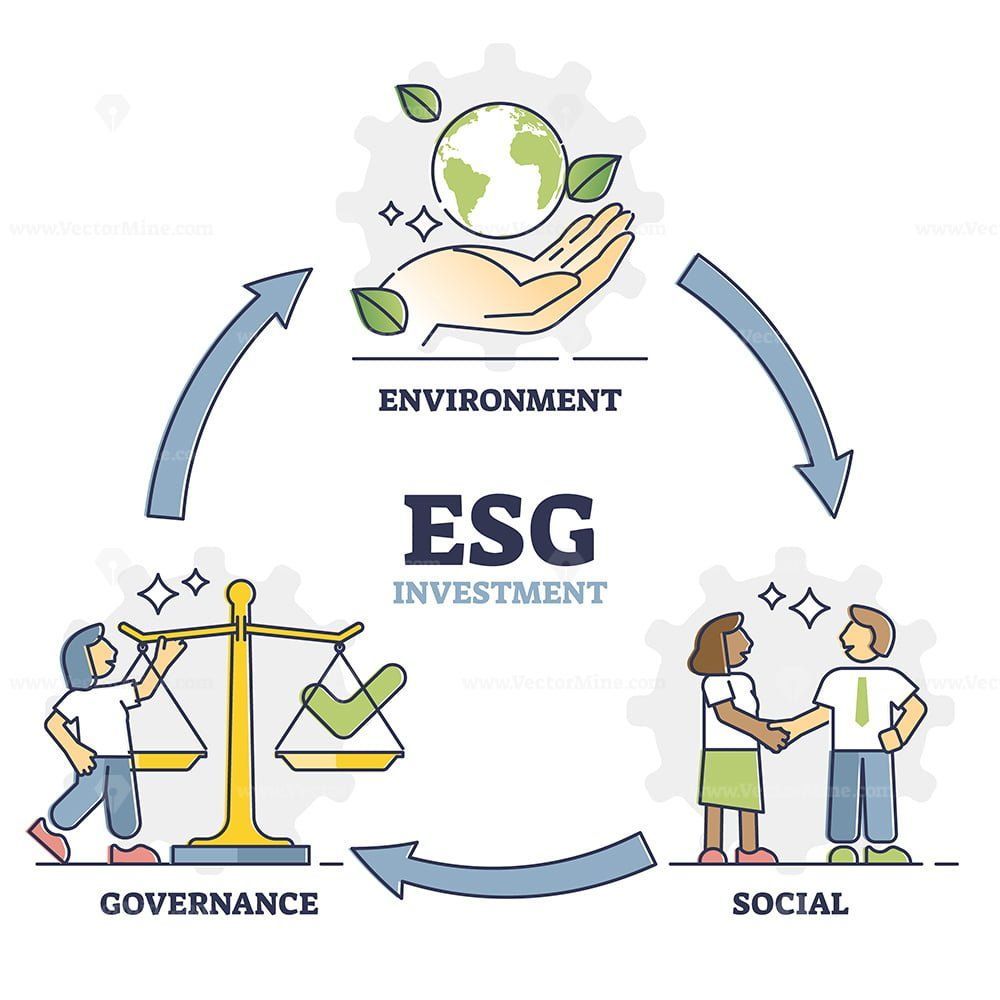Infrastructure offers exceptional chances for investors to support economic expansion while pursuing steady returns. Understanding the advantages and disadvantages of infrastructure investments is crucial, though. We will go into the area of infrastructure investing in this blog article, examining the potential benefits and addressing the difficulties. We seek to offer insightful information from an investing standpoint to assist you in navigating the infrastructure investment landscape and reaching defensible conclusions.
#1. Investments in infrastructure are Important:
Infrastructure, which includes areas like transportation, electricity, telecommunications, water, and social infrastructure, is the foundation of a nation’s economic growth. By generating jobs and enhancing public services, infrastructure investment may provide steady financial flows, long-term growth potential, and economic growth.
#2. Recognizing the Types of Infrastructure Assets:
Various infrastructure asset classes, such as publicly traded equities, bonds, real estate, and private equity, are eligible for infrastructure investments. Different risk and return profiles are available for each asset class. To choose the best investing strategy based on your risk appetite and financial goals, research and comprehend the characteristics of each asset type.
#3. PPPs: Public-private partnerships
Public-private partnerships entail cooperation between public and private stakeholders in the planning and management of infrastructure projects. PPPs give investors the chance to take part in major projects with long-term contracts and steady cash flows. When weighing PPP investments, evaluate the regulatory environment, political stability, and project-specific risks.

#4. Policy and Regulatory Considerations:
Government rules and directives apply to infrastructure investments. Keep abreast of any modifications to laws, tax breaks, government programs, regulatory considerations, and policies affecting the construction of infrastructure. Recognize how regulatory frameworks affect project viability, income sources, and prospective investment returns.
#5. Risk assessment and project due diligence:
Prior to investing in infrastructure projects, careful due diligence is essential. Analyze the project’s financial viability, technical viability, and legal concerns. Consider risks including demand unpredictability, cost overruns, construction delays, and potential social or environmental effects. To comprehend and reduce potential hazards, do thorough risk assessments.

#6. Models for Long-Term Revenue:
The funding of infrastructure projects frequently comes from long-term revenue sources like user fees, tolls, or availability payments. Consider aspects including demand predictions, contractual agreements, and economic situations when evaluating the stability and predictability of revenue streams. Analyze how potential external influences may affect the generation of revenue and the capacity to pay debts.

#7. Trends in global infrastructure
Keep up with current trends in global infrastructure to spot new investment opportunities. Think about elements like urbanization, population expansion, technological development, and sustainability programs. Digital infrastructure, smart cities, and other infrastructure segments that are growing and innovating may offer lucrative investment opportunities.
#8. ESG Factors to Consider When Investing in Infrastructure:
Infrastructure investments are becoming more and more important with the integration of environmental, social, and governance (ESG) aspects. Analyze the governance norms, community involvement, environmental effect, and sustainability practices of infrastructure projects. The development of long-term value and the reduction of potential hazards can both be enhanced by investing in projects that adhere to ESG standards.

#9. Portfolio Allocation and Diversification:
Risk management in infrastructure investing requires diversification. For risk management, think about diversifying across several infrastructure sectors, regions, and asset classes. A well-balanced portfolio that is in line with your risk appetite and investing objectives should be created by analyzing the risk-return characteristics of each investment.
#10. Ask for Expert Advice:
Investment in infrastructure necessitates specialized knowledge and experience. Consult with experts, such as financial consultants, fund managers, or experts in infrastructure investments. They can offer information, research, and advice specific to your investment goals. Making informed judgments from investment specialists can help you negotiate the difficulties of infrastructure projects.
Infrastructure investment presents chances for reliable profits and economic growth impacts. Investors can overcome obstacles and seize opportunities in infrastructure investing by comprehending the importance of infrastructure investments, taking into account various asset classes, performing careful due diligence, and taking regulatory issues into account. To make smart investing choices in this fascinating and influential asset class, keep up with global infrastructure trends, incorporate ESG considerations, diversify your portfolio, and seek professional assistance.
Happy Investment…..!
©balajimuthal.com
Read more: Investing in Infrastructure: Exploring Opportunities and Overcoming Challengeshttp://balajimuthal.com/2023/07/05/the-importance-of-asset-allocation-in-your-investment-portfolio-a-comprehensive-guide/
http://balajimuthal.com/2023/06/28/global-horizons-investing-in-international-markets-opportunities-and-challenges/
-

How to Start Investing in Real Estate at 18 Exclusive
Are you a young individual with a burning desire to how to start investing in real estate at 18? If so, you’re on the right track! Real estate can be a lucrative and exciting investment opportunity, especially if you start early. Introduction In this article, we will guide you through the process of getting started… Read more
-

15 Best Destinations Every Beach Bum Must Visit: Sun, Sand, and Paradise
Nothing compares to the sensation of warm sand between your toes and the rhythmic sound of waves breaking on the coast for beachgoers and sunbathers. This blog post will outline the top vacation spots for beach lovers, where gorgeous vistas, clear oceans, and thriving beach cultures are waiting. #1. Bora Bora, French Polynesia: Visit Bora… Read more
-

Navigating Your Investment Journey: Choosing the Perfect Financial Advisor for Your Needs
Seeking out expert advice from a financial advisor can offer helpful insights and assist you in making decisions when it comes to managing your finances. But selecting the best financial advisor necessitates serious thought. #1. Assess Your Investment Goals and Needs: Prior to selecting a financial advisor, it’s critical to define your investment needs and… Read more




